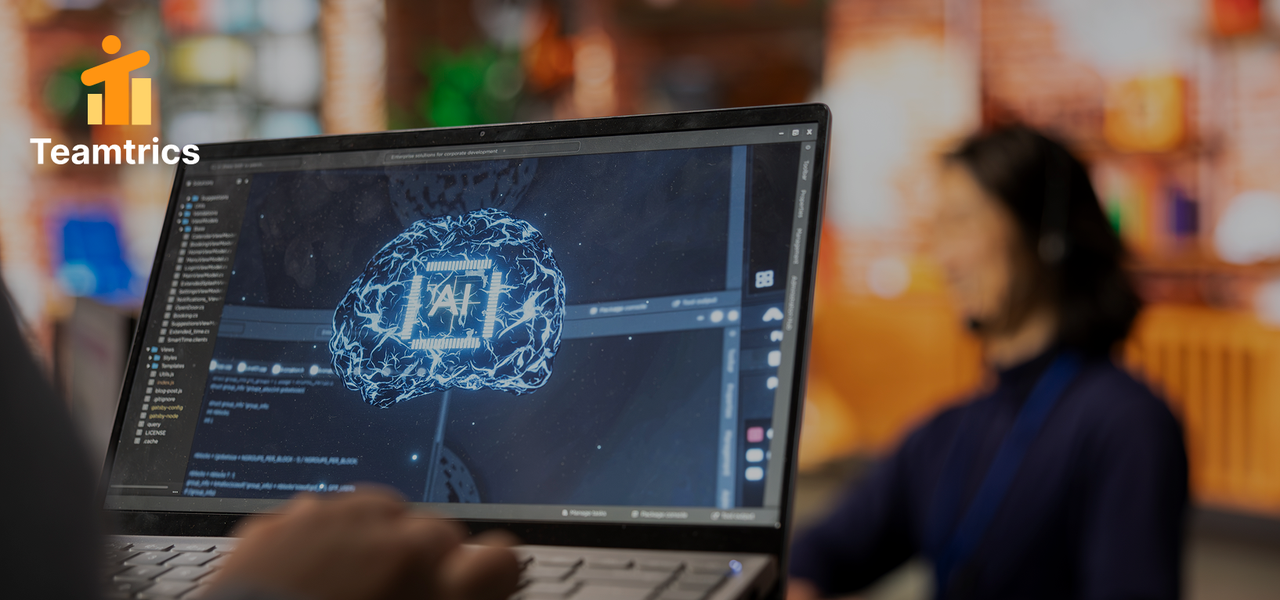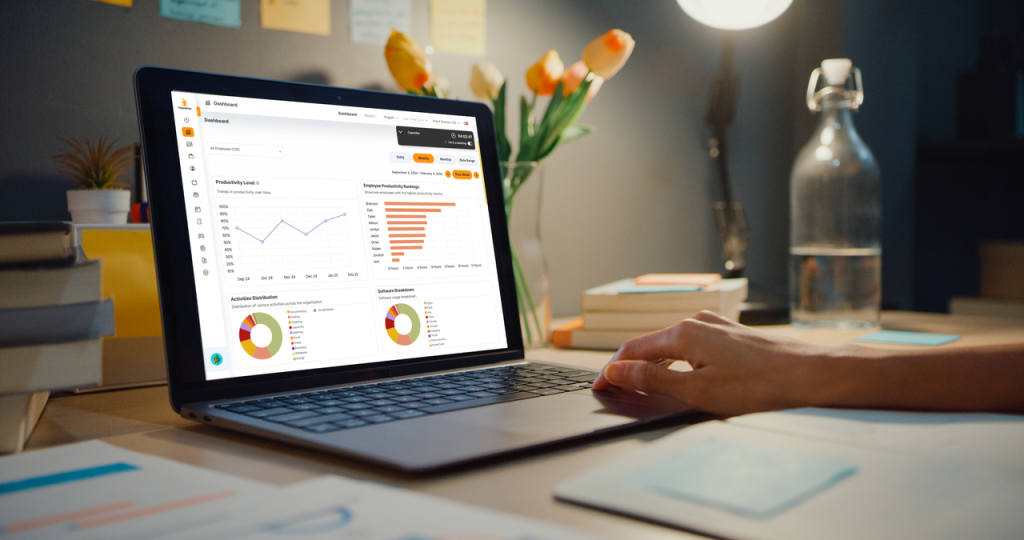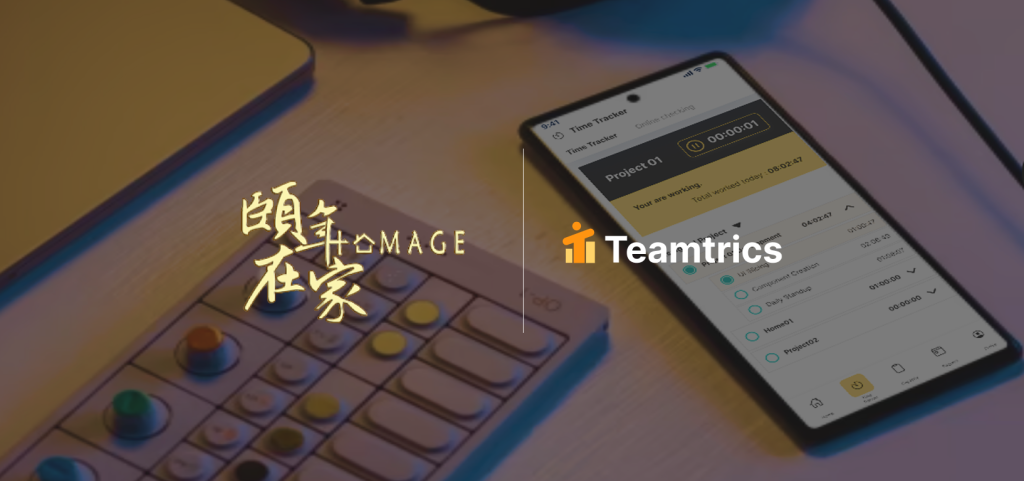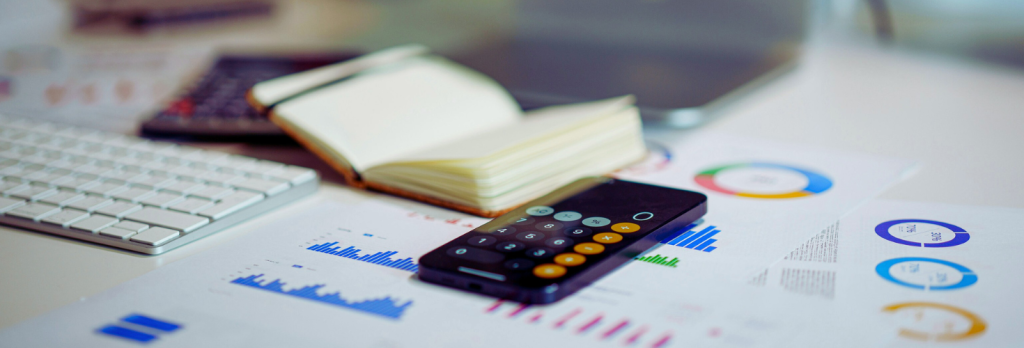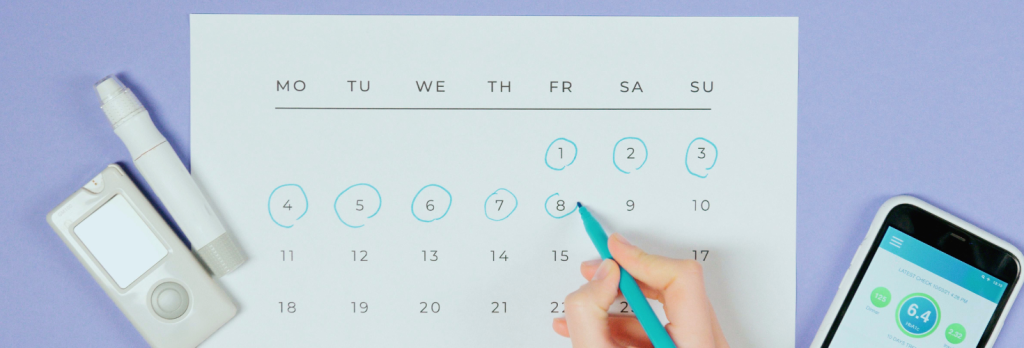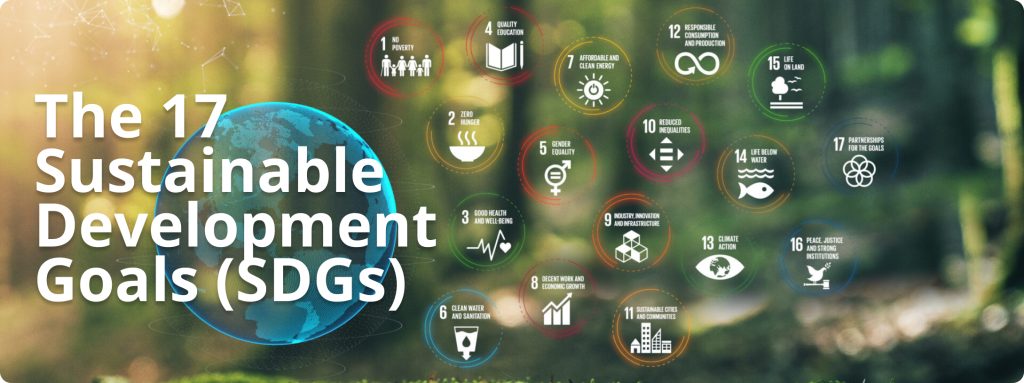Employee Management in 2025: Aligning Performance and Wellbeing with AI Analytics
Employee management is evolving rapidly in today’s hybrid and WFA workplace models. No longer limited to supervising daily work, it now includes performance reviews, project tracking, wellness strategies, and employee engagement. For companies scaling in IT, finance, retail, and BPO, the key to sustainable productivity lies in combining people-first strategies with intelligent SaaS solutions. Platforms like Teamtrics deliver AI analytics data that helps leaders balance organizational goals with employee satisfaction. This shift transforms employee management into a future-ready practice that not only boosts productivity but also prevents burnout while creating healthier, more transparent workplaces.

Discover how AI-driven employee management can transform your workplace with Teamtrics.
What Is Employee Management?
Employee management refers to the structured process of supporting, guiding, and monitoring staff performance to achieve company objectives. In 2025, it goes beyond time monitoring or task completion. It includes empowering teams with clarity, offering performance feedback, recognizing contributions, and ensuring wellbeing is integrated into work. Whether in WFH, hybrid, or fully remote setups, effective employee management combines traditional HR responsibilities with digital SaaS solutions that provide measurable insights into capacity, engagement, and collaboration.
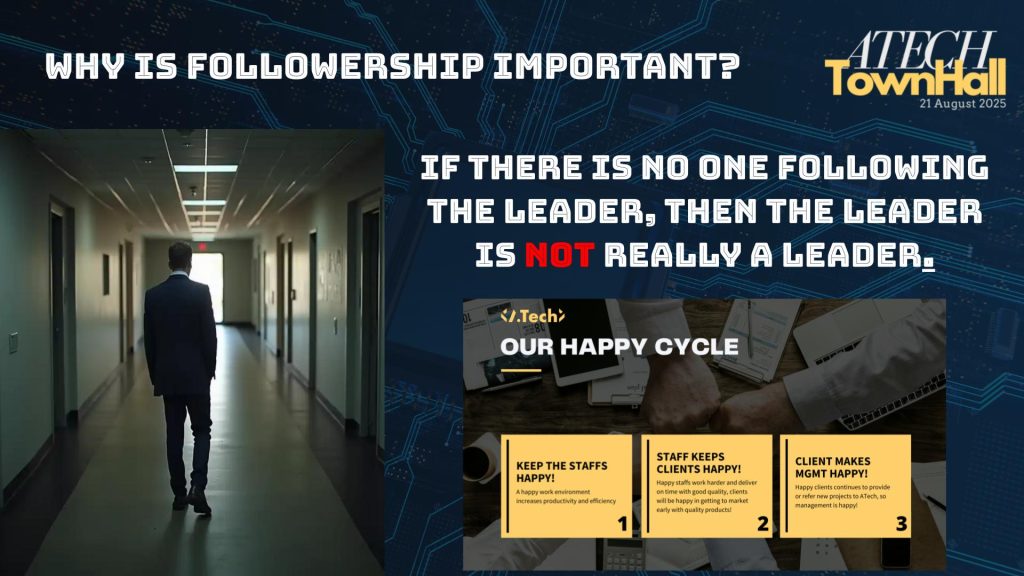
Key Responsibilities in Employee Management
The responsibilities of employee management include recruitment, onboarding, training, and performance review. In modern contexts, it also means building workflows for remote collaboration, monitoring workload balance, and ensuring employees have resources to thrive. Managers who succeed in these responsibilities foster stronger communication, higher productivity, and greater job satisfaction.

Leveraging Tools for Employee Management
Modern businesses increasingly adopt SaaS tools, project tracking software, and CRM platforms to streamline employee management. These systems centralize workflows, help monitor project status, and ensure alignment across distributed teams. AI-powered analytics like those in Teamtrics add a new layer by turning raw data into actionable insights, helping leaders spot early signs of disengagement or burnout while recognizing top performers.
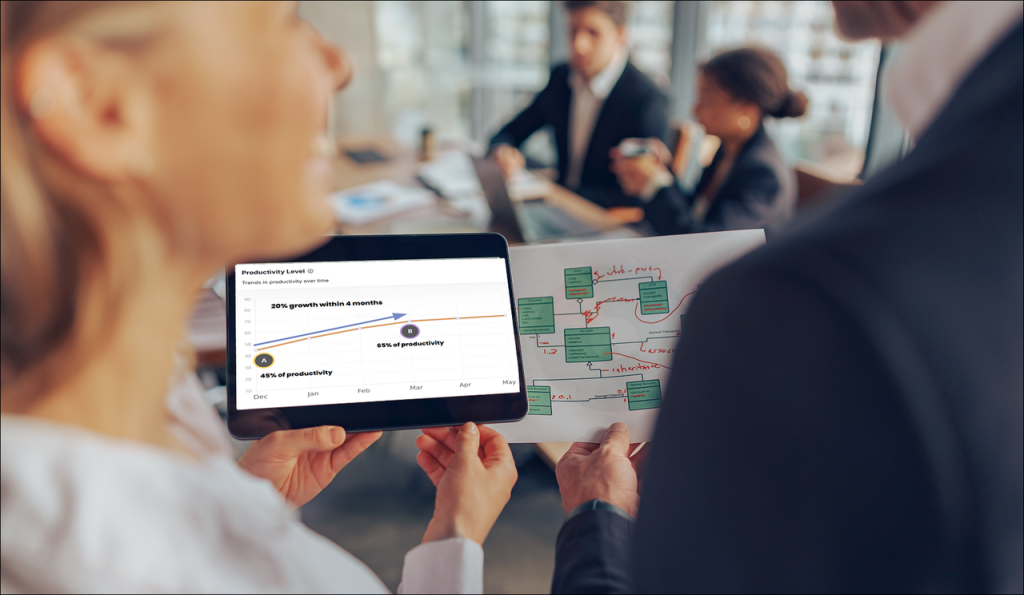
Best Practices for Managing Employees
Effective employee management requires blending people-first leadership with data-driven clarity. Key practices include setting transparent goals, encouraging open feedback, rewarding high performance, and ensuring continuous learning opportunities. Avoiding micromanagement while maintaining visibility into workflows is crucial. Companies that adopt AI analytics tools are better able to create a balance between organizational efficiency and employee satisfaction.
Ready to align productivity and wellbeing? Start your Teamtrics journey today.

Tips for Managing Remote and Hybrid Employees
Remote work and hybrid models come with challenges like lack of visibility, communication delays, and burnout risks. Tips include: setting structured communication channels, aligning on clear KPIs, using project collaboration software, and integrating AI analytics to track engagement patterns. Leaders should also emphasize wellness programs, flexible schedules, and recognition systems that keep remote teams motivated. SaaS tools like Teamtrics ensure visibility without micromanagement, turning distributed teams into highly aligned and resilient workforces.
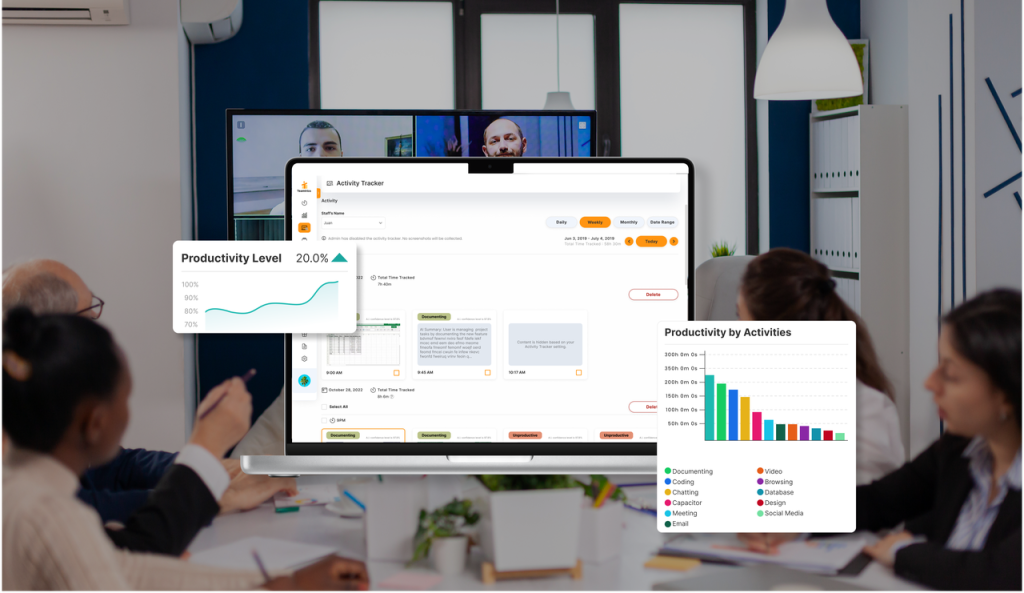
Employee Management as a Driver of Organizational Goals
Strong employee management directly impacts organizational success. By integrating employee wellbeing, clear workflows, and AI analytics, companies can reduce turnover, improve performance reviews, and build a culture of trust. Tools like Teamtrics make this integration seamless by offering capacity insights, workflow alignment, and gamified engagement features that transform productivity into a sustainable strategy.

Summary
Employee management in 2025 is no longer about traditional HR tasks. It is a dynamic process that connects performance, wellbeing, and technology to achieve organizational goals. As companies adapt to WFA, remote, and hybrid models, SaaS-powered systems are proving essential. By adopting AI analytics tools like Teamtrics, businesses can align employee goals with company outcomes, prevent burnout, and foster a workplace where performance and wellness coexist. This is not just the future of work , it is the foundation of sustainable productivity.
FAQs
- What is employee management in simple terms?
Employee management is the practice of supporting, monitoring, and improving staff performance to meet company goals. It covers tasks such as hiring, onboarding, training, and performance reviews, but in modern workplaces, it also includes ensuring employee wellbeing and using SaaS tools for better collaboration and productivity. - How can SaaS tools improve employee management?
SaaS tools provide real-time insights into team workflows, engagement, and productivity. Instead of relying on manual updates, managers gain a clear picture of workload balance and progress. Platforms like Teamtrics add AI analytics and gamified engagement to ensure teams stay motivated, aligned, and supported , essential for remote and hybrid work success.

